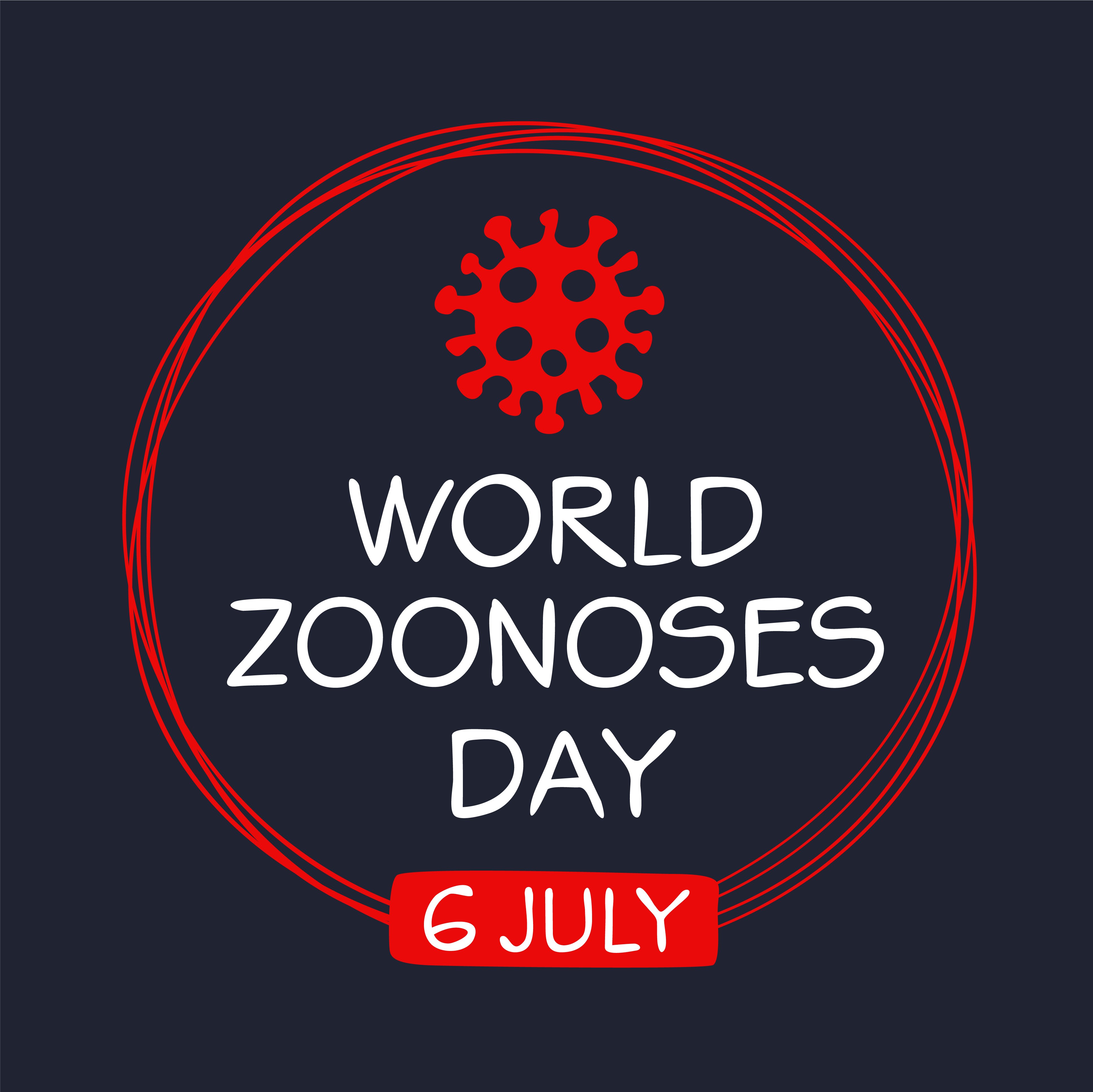 Zoonotic diseases continue to emerge rapidly, and efforts to contain them are critical for preventing pandemics and reducing their impact, as World Zoonoses Day, observed annually on July 6, reminds us.
Zoonotic diseases continue to emerge rapidly, and efforts to contain them are critical for preventing pandemics and reducing their impact, as World Zoonoses Day, observed annually on July 6, reminds us.
Approximately 60% of emerging infectious diseases that are reported globally are zoonoses, and about 75% of newly emerging pathogens originate in animals, with the number rising yearly, according to the World Health Organization. There are more than 200 known types of zoonoses, including COVID-19. After five years of work across more than 20 countries, USAID’s Infectious Disease Detection and Surveillance (IDDS) project offers the following strategies and lessons learned on preventing and curbing disease outbreaks:
1. Utilize capacity gained during COVID-19 response
In early 2020, various entities joined forces to curtail the spread of SARS-CoV-2, the virus that causes COVID-19. IDDS rapidly mobilized resources, personnel and technical assistance in several countries to address immediate demands and identified critical gaps in resources and infrastructure. IDDS was already operational in these countries prior to the pandemic and was able to expand on existing interventions.
Lesson: Identify existing human resources, sites and essential supplies that can be prepositioned to launch a baseline response effort; expand from there with additional inputs to rapidly mobilize a response while optimizing available resources.
2. Expand access to diagnostic services
The ability to rapidly detect, confirm and report cases requires sufficient laboratory capacity at all levels of a health system. A competent laboratory workforce is critical for improving patient outcomes; and unfortunately, trained personnel are typically concentrated in urban centers. While there are benefits to consolidating services — cost savings, process efficiencies, qualified workforce and sufficient infrastructure — the need for broader access to services is urgent. IDDS is helping countries decentralize their diagnostic capacity while maintaining quality of service.
Besides COVID-19, other outbreaks of zoonoses have occurred over the past decade such as Ebola virus disease, Marburg virus disease, Lassa fever and mpox. In countries where decentralizing diagnostic capacity is not possible, IDDS has established specimen referral systems to transport patient samples. For example, IDDS worked in Guinea and Vietnam to ensure specimens were transported quickly and safely from minimally-equipped peripheral sites to a central testing facility to conduct confirmatory testing.
Lesson: Quality-assured, decentralized testing is critical to detecting cases at the source. Combined with a specimen referral system, case detection is greatly improved.
3. Engage the community for faster case detection
Detecting outbreaks at the source is a huge challenge for many resource-constrained countries. Empowering community members to identify and report potential cases fills health system gaps. In Mali, IDDS trained community health workers, who have successfully reported hundreds of potential cases. Building community capacity is critical for success; civil society brings high value to response efforts.
Lesson: Training and mobilizing community members to detect cases is a proven, cost-effective and sustainable public health investment.
4. Promote One Health
IDDS takes a One Health approach to strengthen countries’ diagnostic networks. IDDS has integrated the human and animal health sectors via cross-sector training to encourage data sharing and interoperability of systems, development of multisectoral policies and implementation of resource-sharing solutions. These steps inform interventions to reduce morbidity and mortality, as evidenced by the implementation of the PREDICT laboratory protocol in Indonesia. In Liberia, IDDS worked with the Food and Agriculture Organization of the United Nations to strengthen the national quality management system. By integrating the human and animal health sectors, IDDS helped the government improve the country’s Joint External Evaluation score.
Lesson: Sharing resources, costs and knowledge across sectors is critical to supporting ongoing, sustainable One Health strategies.
5. Align with national policies
USAID’s push to empower local actors to lead their own development has been integral to supporting sustainable health systems strengthening. By developing policies with local entities that prioritize disease detection and prevention, IDDS is furthering the localization agenda. For example, IDDS facilitated the development of India’s revised National Action Plan to Combat Antimicrobial Resistance by convening a meeting of experts from the food safety and human, animal, and environmental health sectors. To respond to mpox in Cameroon, IDDS worked with the government to train community surveillance officers and health care providers on case detection and collaborated with local stakeholders on developing the National Integrated Plan for the Control of Mpox in Cameroon, 2023–2027.
Lesson: Locally-led solutions are the most effective means to ensuring sustainability.
In the past two decades, there has been a clear shift in the public health sector toward recognizing the increasing risks posed by zoonoses; this has prompted a push toward more collective action. From establishing specimen referral systems and diagnostic services to training community health workers, IDDS endeavors to identify the systems-level challenges that affect laboratory networks and collaborate with local governments to develop cost-effective solutions that will reduce the threat of zoonoses and contribute to better health for all.
Note: The views expressed in this post are the author’s and do not necessarily reflect those of USAID or the U.S. government.
